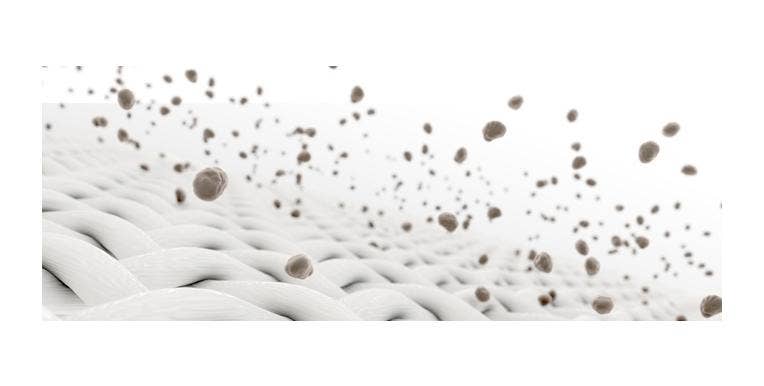Differences in Quantitative & Qualitative Filter Papers
Filtration is the mechanical-physical operation which is used for the separation of solids from fluids by interposing a porous media through which only the fluid can pass. Oversized solids in the fluid are retained on the surface as well as within the matrix of the filter media. Since filter paper is regarded as a depth type filter with the filter fibres arranged in an anarchic way it is not possible to determine a fixed porosity for a given grade, this is rather presented as nominal retention.
When viewing filter papers there are a variety of different options available in the market to suit an extensive range of applications in the laboratory and it is important to ensure that you choose the best type for your work. There are two different types of filters paper that are generally used – Quantitative and Qualitative.
Qualitative Filter Paper
Qualitative filter papers are used in applications where routine separation is required to determine and identify materials. A wide range of retention/flow rate combinations is available for numerous laboratory applications. Nominal retention can vary from 2uM to 20uM with a variety of thicknesses available from 150uM to 320uM. Filtration speed is affected by these specifications and ranges from very slow to very fast. In Qualitative Filter Papers, the amount of ash produced after ashing is not more than 0.13%.
Quantitative Filter Paper
Quantitative Filter Papers/ Hardened Filter Papers are used for quantitative and gravimetric analyses where the precipitate is to be recovered, as well as for pressure or vacuum filtration. Qualitative Filter Papers are used for qualitative analytical techniques to separate, determine and identify materials.
In Quantitative Filter Papers the amount of ash produced after ashing in a furnace is not more than 0.0009%. During manufacturing, producers use acid washing to make the paper ashless and achieve high purity. Ashless filter paper is also available with ash content less than 0.1mg. This weight is so minimal that it can be ignored on the analytical balance. Quantitative Filter Papers often have High Wet Strength to withstand pressure and vacuum filtration. In the case of Qualitative Filter Papers, wet strength is usually comparatively low. However, wet-strengthened Filter Papers for Qualitative Analyses are available which can be used for pressure and vacuum filtration*
In summary, the main features to consider when sourcing a filter paper are:
- Do you require Qualitative or Quantitative analyses?
- What particle retention/nominal pore size is required?
- Is a high wet strength paper needed?
- What diameter is required?
- Does the paper need to ash?
- Is a sample required to trial the paper for your application?
*Pre-pleated/folded qualitative filters are also available, which give improved flow rate and increased loading capacity compared to equivalent flat filters.


